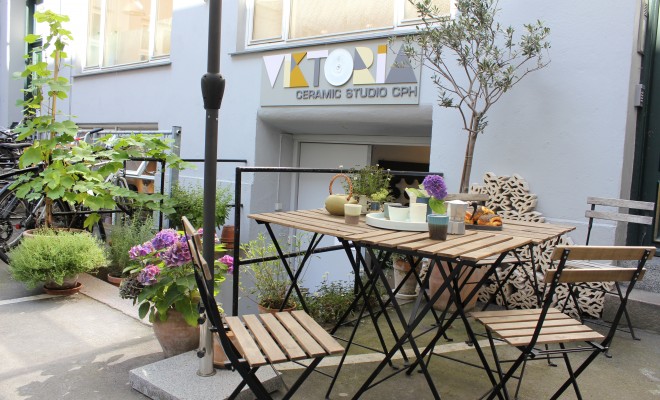 Text: Evelina Zubrickaite / Photography: Evelina Zubrickaite, Charlotte Schidt Olsen
Text: Evelina Zubrickaite / Photography: Evelina Zubrickaite, Charlotte Schidt Olsen
The story of Victoria ceramic studio
You can hardly resist from passing a beautiful ceramic studio at Vesterbrogade in Copenhagen without stepping in and having a glance at works made by six ‘inhabitants’ of the place – Pia Lund, Tina Marie, Mark Lauberg, Christina Schou Christensen, Claire Maria Lehmann and Iben Harboe. A passion for subtle forms, colors and materials connect these artists to work in one space, that remind me the growing concept of co-working for various startups that are very common currently in Copenhagen and all over Europe. But in a case of Victoria ceramic studio, we can call it a co-working space for lovers of ceramics and handcrafting. They share not only the studio, but have a shop in the same space whose design and subtle environmental elements catch an eye of everyone who is sensitive for a great design. I am glad to have a chance to talk with Pia Lund and Mark Lauberg about their creations and inspirations behind their works in an open studio.
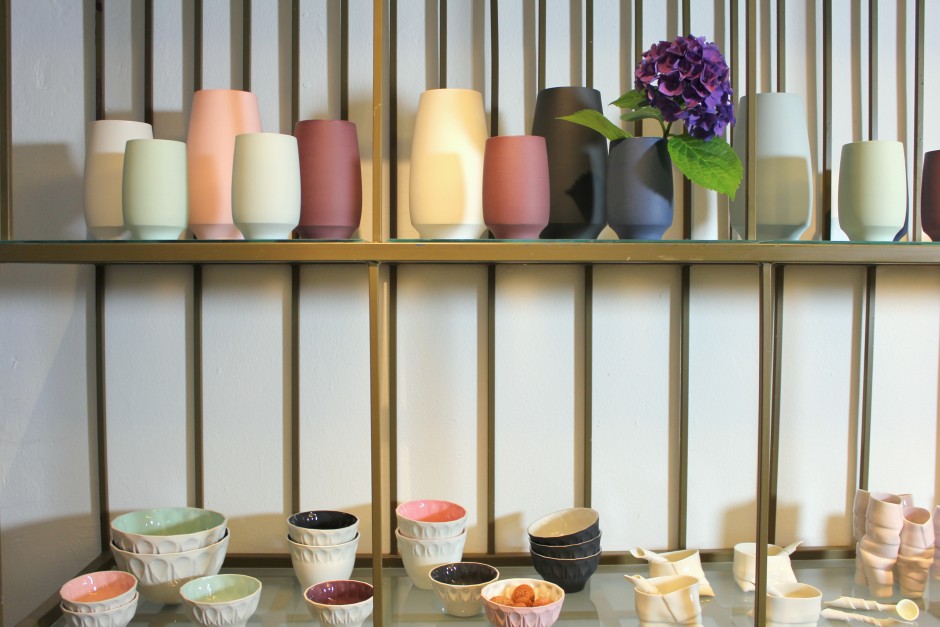 As you might have noticed, among residents of the studio there is no one named Victoria. So where then the name of the studio comes from? Back in 80s, the studio was on Victoria street here in Copenhagen. Still in the same vibrant neighbourhood of Vesterbro, which is now filled with small designers stores and cozy trendy cafes with special spirit that you feel as soon as you step in. In 1996 due to renovations in the neighbourhood, the studio was moved to Vesterbrogade and carried the named with it. Besides continuous discussions about re-naming it, so far it was decided to keep the old well-known name that has its own charm and entails more than 30 years of history.
As you might have noticed, among residents of the studio there is no one named Victoria. So where then the name of the studio comes from? Back in 80s, the studio was on Victoria street here in Copenhagen. Still in the same vibrant neighbourhood of Vesterbro, which is now filled with small designers stores and cozy trendy cafes with special spirit that you feel as soon as you step in. In 1996 due to renovations in the neighbourhood, the studio was moved to Vesterbrogade and carried the named with it. Besides continuous discussions about re-naming it, so far it was decided to keep the old well-known name that has its own charm and entails more than 30 years of history.
A meaning behind handcrafting
Despite that all six artists have their own companies and different styles of works, the ‘inhabitants’ are united by similar values and approach to the works they produce. A passion for handcrafting is one of the things that unite them. All products are made with hands, with a precise eye for detail and crafted 100% in Denmark. Working all day at the desk without actually producing something tangible with hands would be a totally ‘no-go’ scenario, says Mark, one of the first artists working at the studio from the very opening of it. All artists are coming from education that highly focused on handcrafting and material. Crafting process becomes much more intimate and tactile, artist can make special glazes and be more experimental. Using some specific software or program is something none of them is closely accustomed to. Moreover, the possibilities to experiment, and make products personal would be highly reduced if the production would be outsourced somewhere in Asia and produced in massive amounts.
Inevitable influence of Danish traditions on ceramic art
Even though handcrafting as the method of working with ceramics opens up a space for experimentation, Mark stresses that all process is still quite bonded into Danish tradition. Pottery tradition is alive and becomes apparent in range of their products, which often includes cups and bowls instead of sculpture, for instance. Controversially to other countries, crafts in Denmark open the ways into the social contexts of people. Unique, expensive, handmade cups or bowls are perceived as luxury products in other countries. However, even for people with lower income in Denmark it would be still very important to buy nice unique cups for their home, as design customs are much more integrated here into social contexts than anywhere else. There is coziness, personality and honesty embedded into the rituals where cups or bowls become an important part of a social experience. People want design in their homes as a natural way of living.
Moments of creative struggles
Not surprisingly, many artists have the moments when creativity is being challenged, stagnated and new ideas do not occur. I wondered to ask how Mark and Pia are handling those periods.
Mark says in these situations he just tries to work through it, take a material and work until he finds the way out. Pia states that deadline is also a great motivator in situations when crafting becomes challenging. You just have to go and do it. The start is the most difficult. When you are in it, you are amazed, excited, your heart beats harder than normally and you feel exceptionally happy. Moreover, she also searches for inspiration in nature as well as finds it in childhood memories. Therefore nostalgia aspect is sensed in her works too. Whereas for Mark it is all about rhythms, structure, hidden spaces, order, shapes of molecules and atoms that he gets inspiration from.
One more aspect why working with ceramics is unique, because some parts of the process cannot be controlled one hundred percent. That is where the magic happens and that is what fascinates people working with ceramic the most. Many mistakes that occur in this way become an inspiration for new works to occur. In this way creations surprise an artist and make objects open for interpretation. Pia says it is rewarding and drives her as an artist when other people sense the feeling, effort and depth in the objects she created.


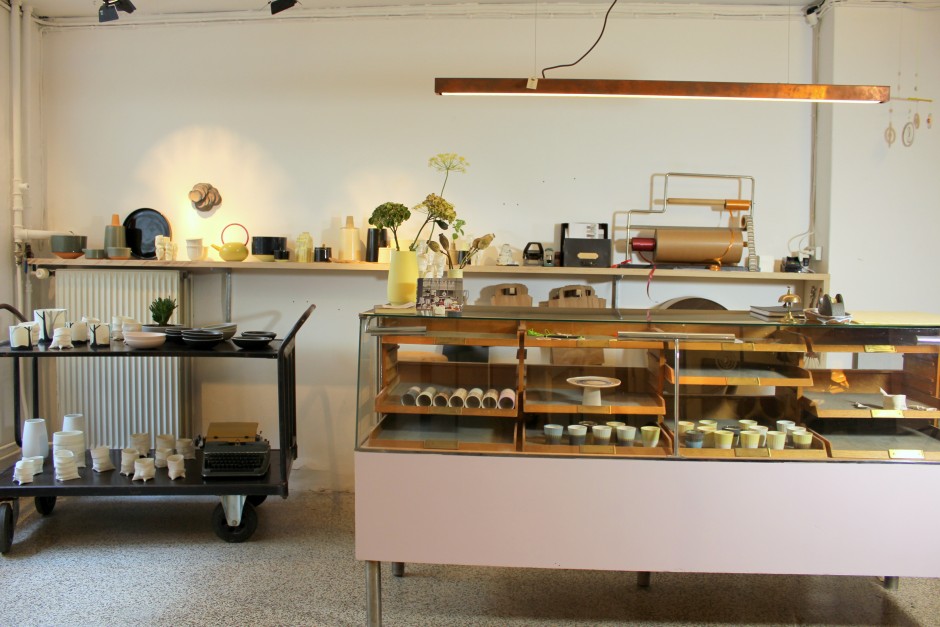
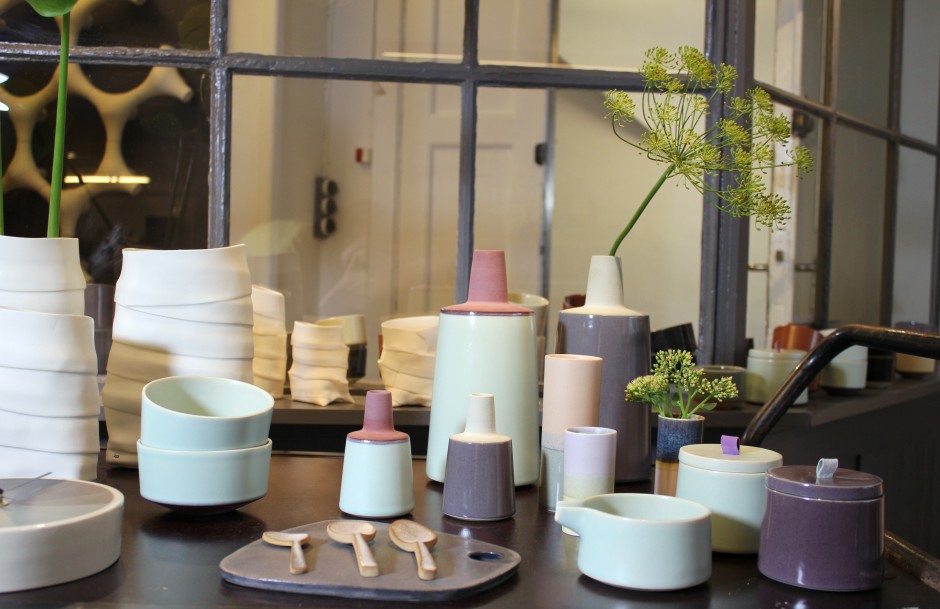
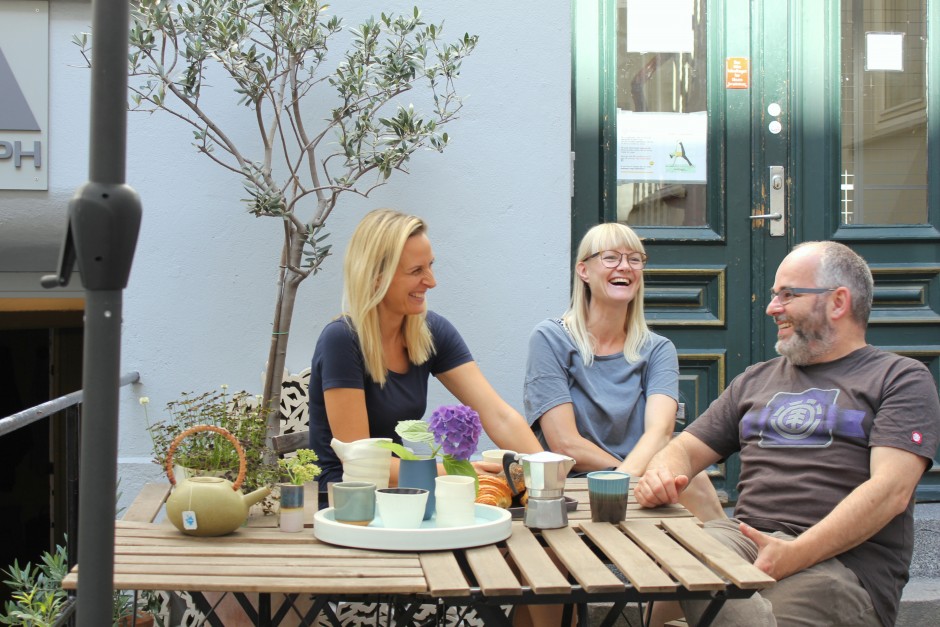
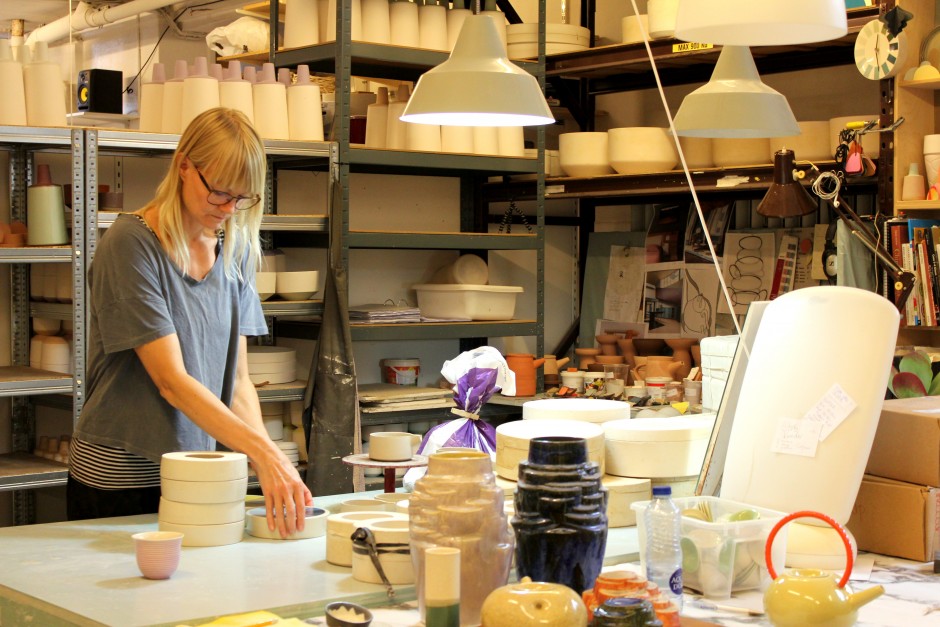
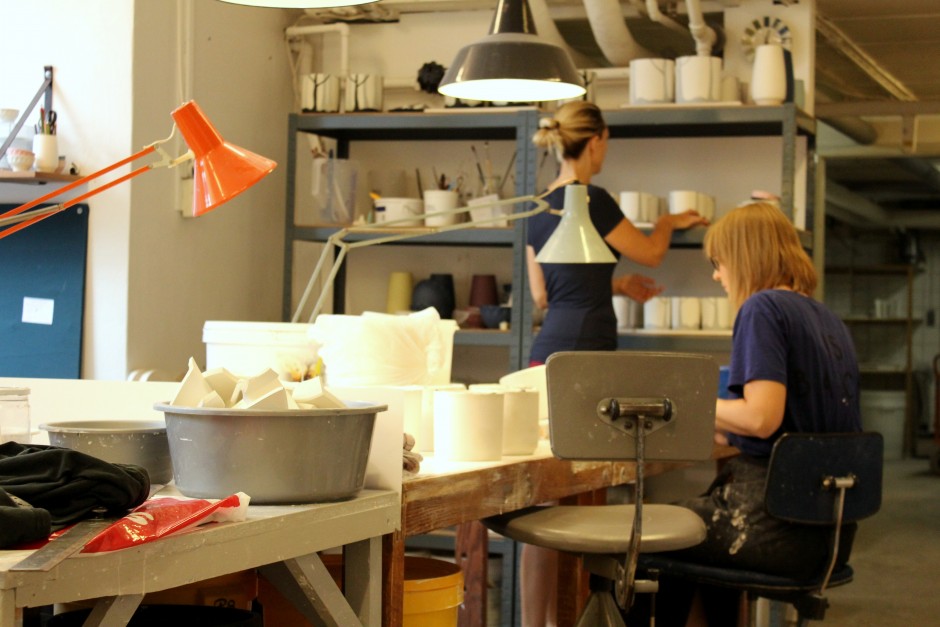
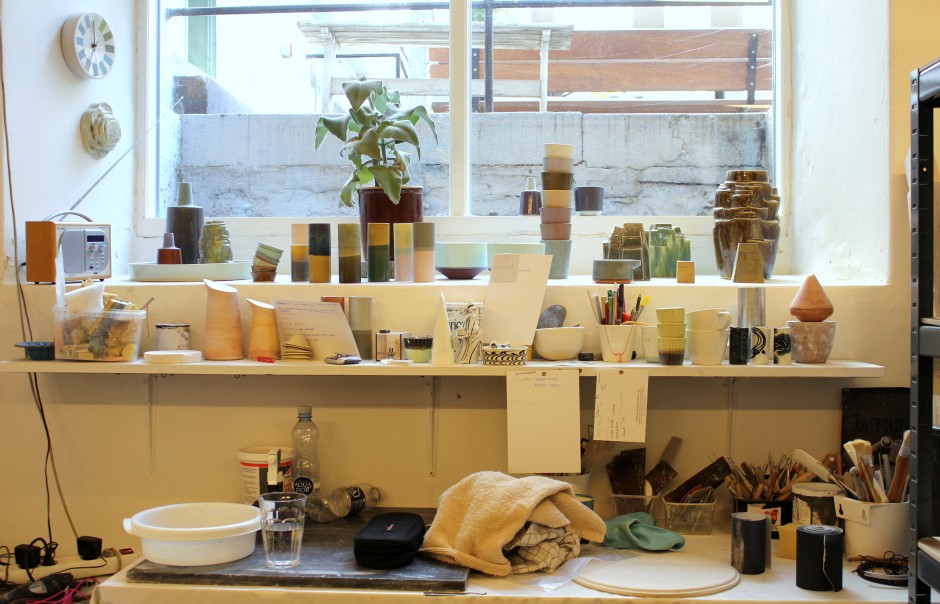
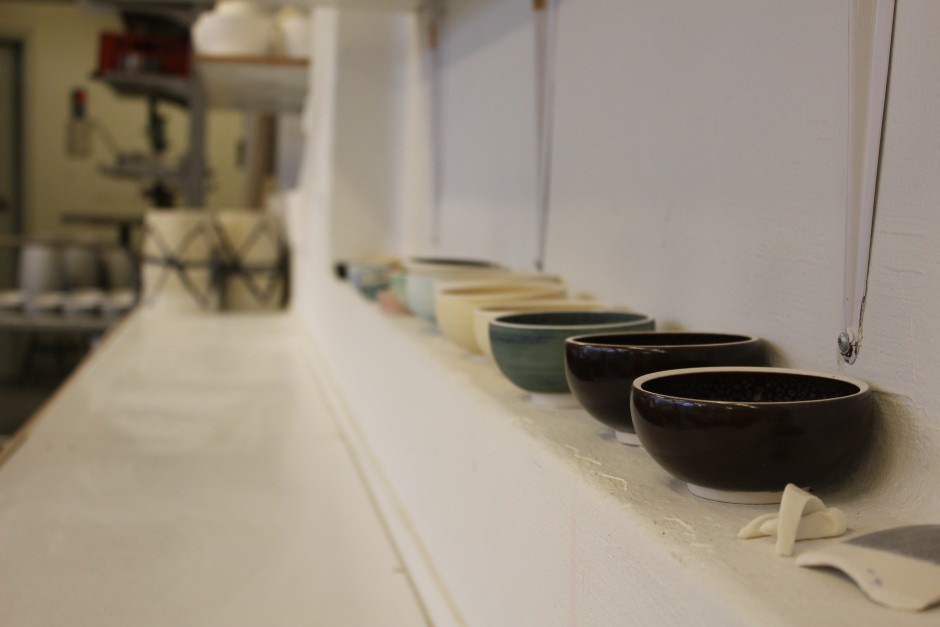
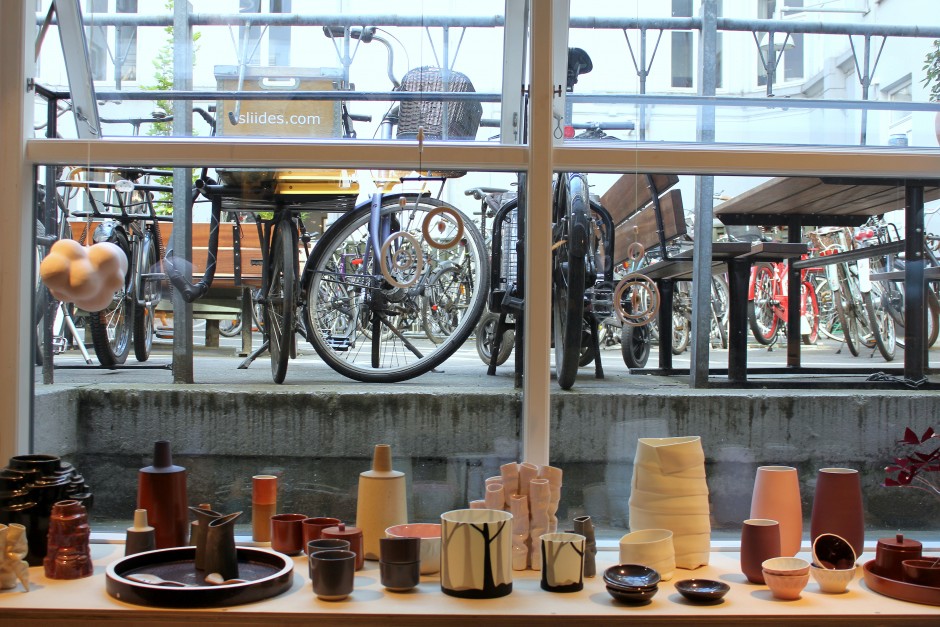
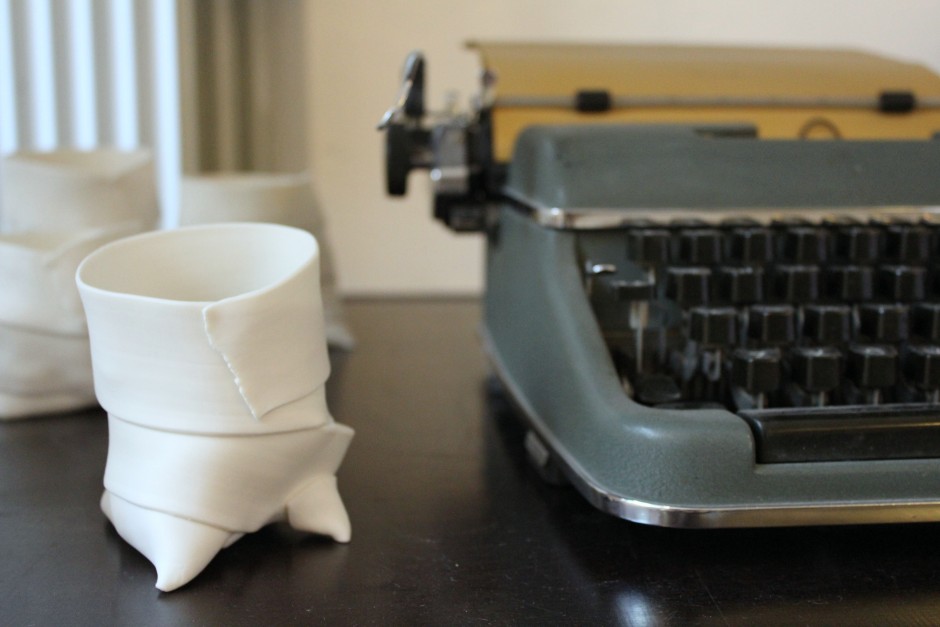
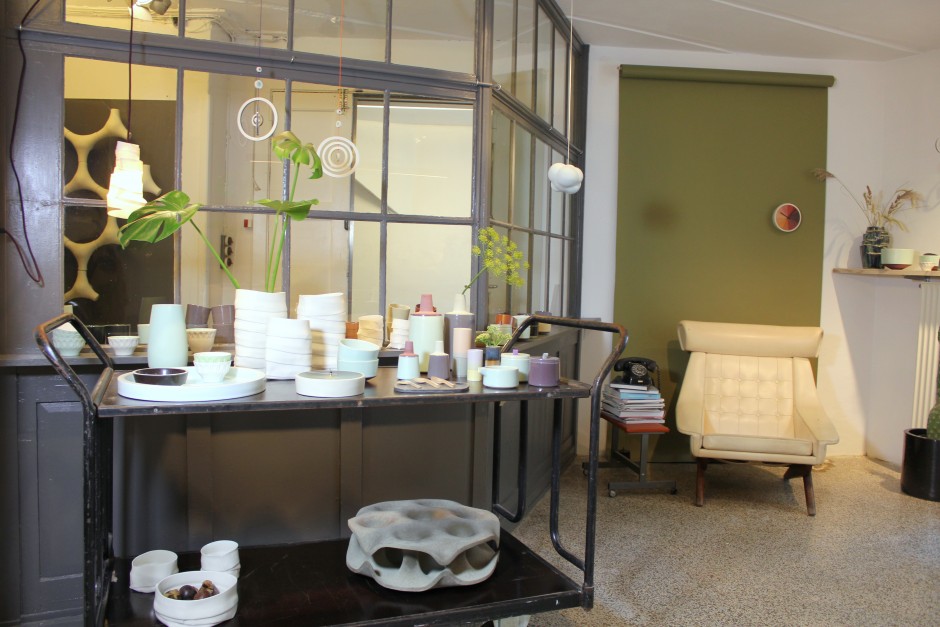
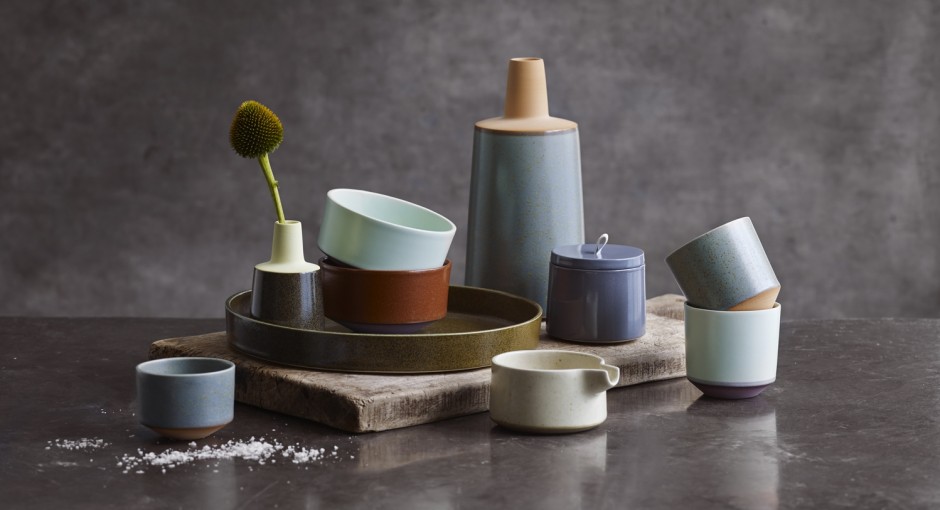
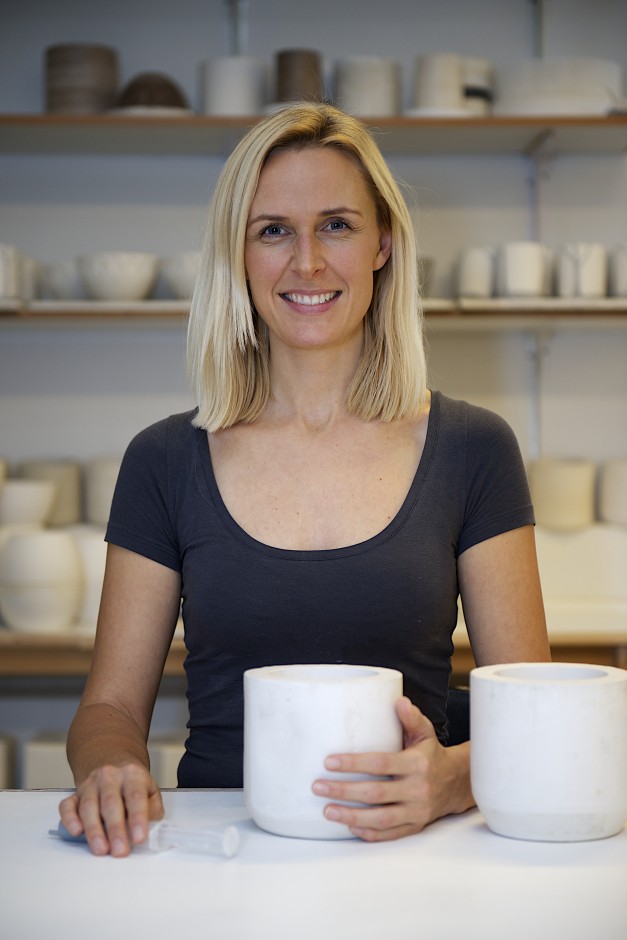
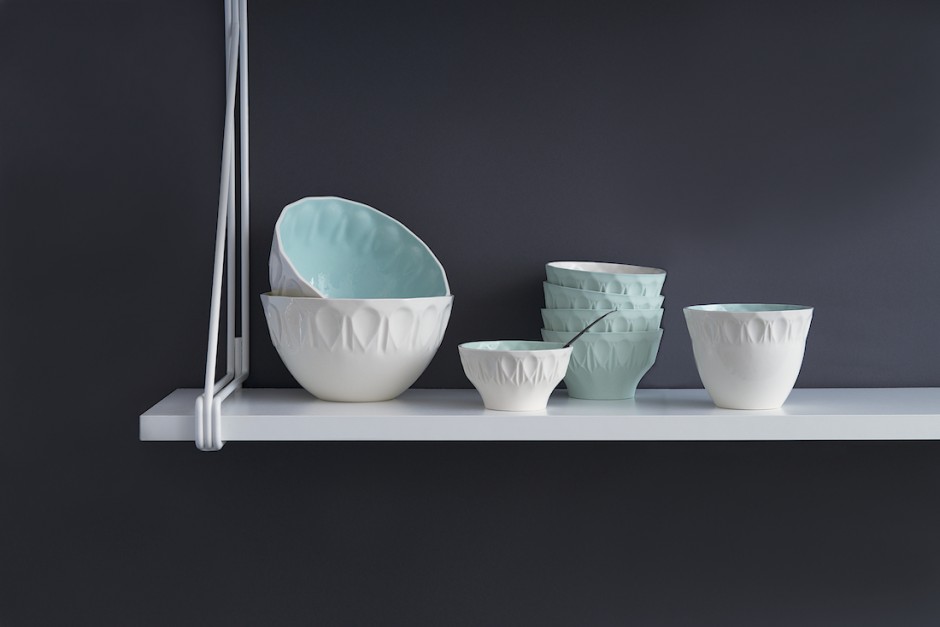
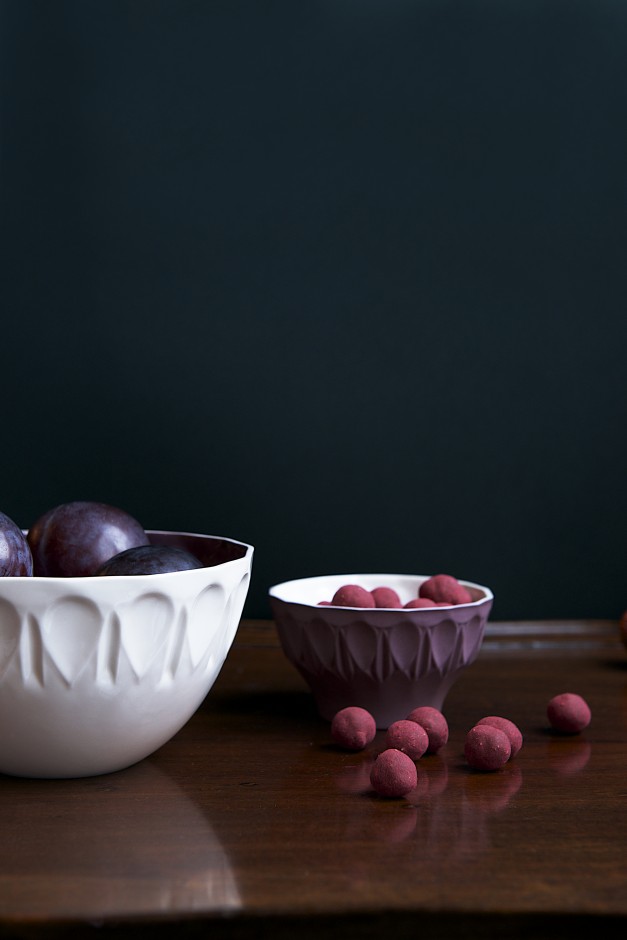
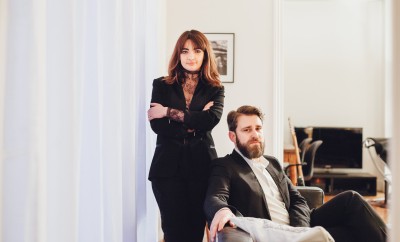
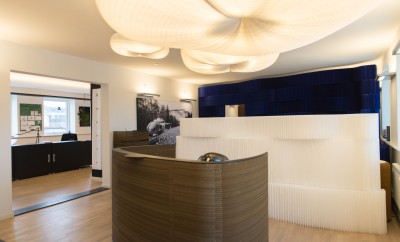
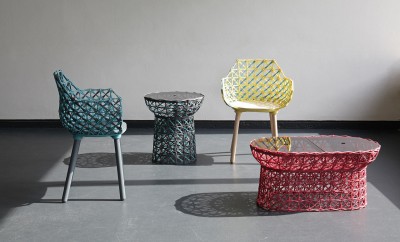

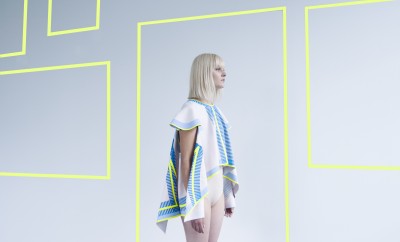
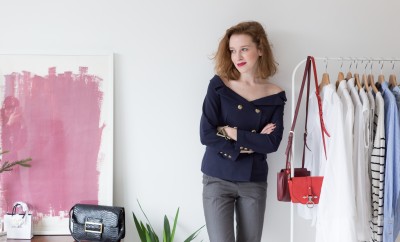
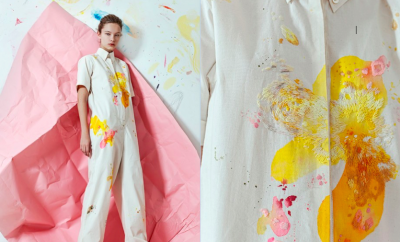


You must be logged in to post a comment Login